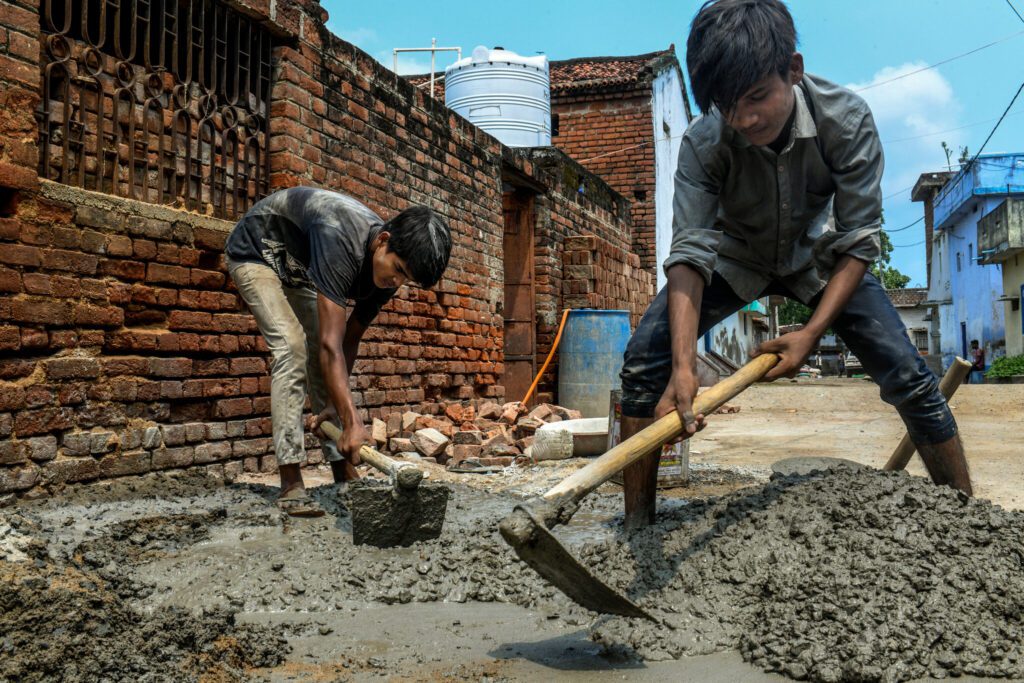Child labor continues to be a pressing issue in many developing countries, jeopardizing the educational opportunities of millions of children. While education is widely recognized as a fundamental right, the prevalence of child labor poses significant challenges to achieving universal access to quality education.
Child labor is driven by a multitude of factors, including poverty, lack of social protection, and limited access to quality education. In developing countries, impoverished families often resort to child labor as a means of survival, viewing it as a necessary contribution to household income, and pushing children into hazardous and exploitative work environments.
Many working children are either unable to attend school regularly or drop out altogether. The long hours and physical demands of labor leave little time or energy for academic pursuits. Additionally, the financial contributions of working children may be prioritized over their education, perpetuating a cycle of poverty and limited opportunities.


The consequences of child labor hinder the overall development of children and their future prospects as well. Lack of education limits their ability to break free from the cycle of poverty, engage in skilled employment, and lead themselves toward improved living standards.
Apart from that, child labor also takes a toll on the physical and mental well-being of children. Many are exposed to hazardous and exploitative conditions, leading to injuries, illnesses, and long-term physical and psychological health problems. This further hinders their ability to engage in education and reach their full potential.
Addressing child labor requires a multi-faceted approach. Governments, international organizations, and civil society must work together to tackle the root causes of child labor, including poverty and lack of education. Key strategies include:
- Strengthening social protection systems to support families in need, reducing the economic necessity of child labor.
- Enhancing access to quality education, including initiatives like school funding programs and scholarships for vulnerable children.
- Strengthening enforcement of labor laws and regulations to protect children from exploitation.
- Promoting awareness and advocacy campaigns to raise public consciousness about the issue and mobilize support for child labor eradication efforts.


Child labor in developing countries significantly threatens educational opportunities, perpetuating poverty and inequality. The cycle of child labor and limited access to education must be broken through concerted efforts at various levels.
GLOWSIMS, as an organization working in the education sector, is committed to enhancing educational standards globally, empowering educational institutions to create nurturing environments that prioritize the well-being and education of children. By combining efforts across sectors, we can strive for a future where child labor is eradicated, and every child has the opportunity to receive a quality education, unlocking their full potential and shaping a better world for all.



